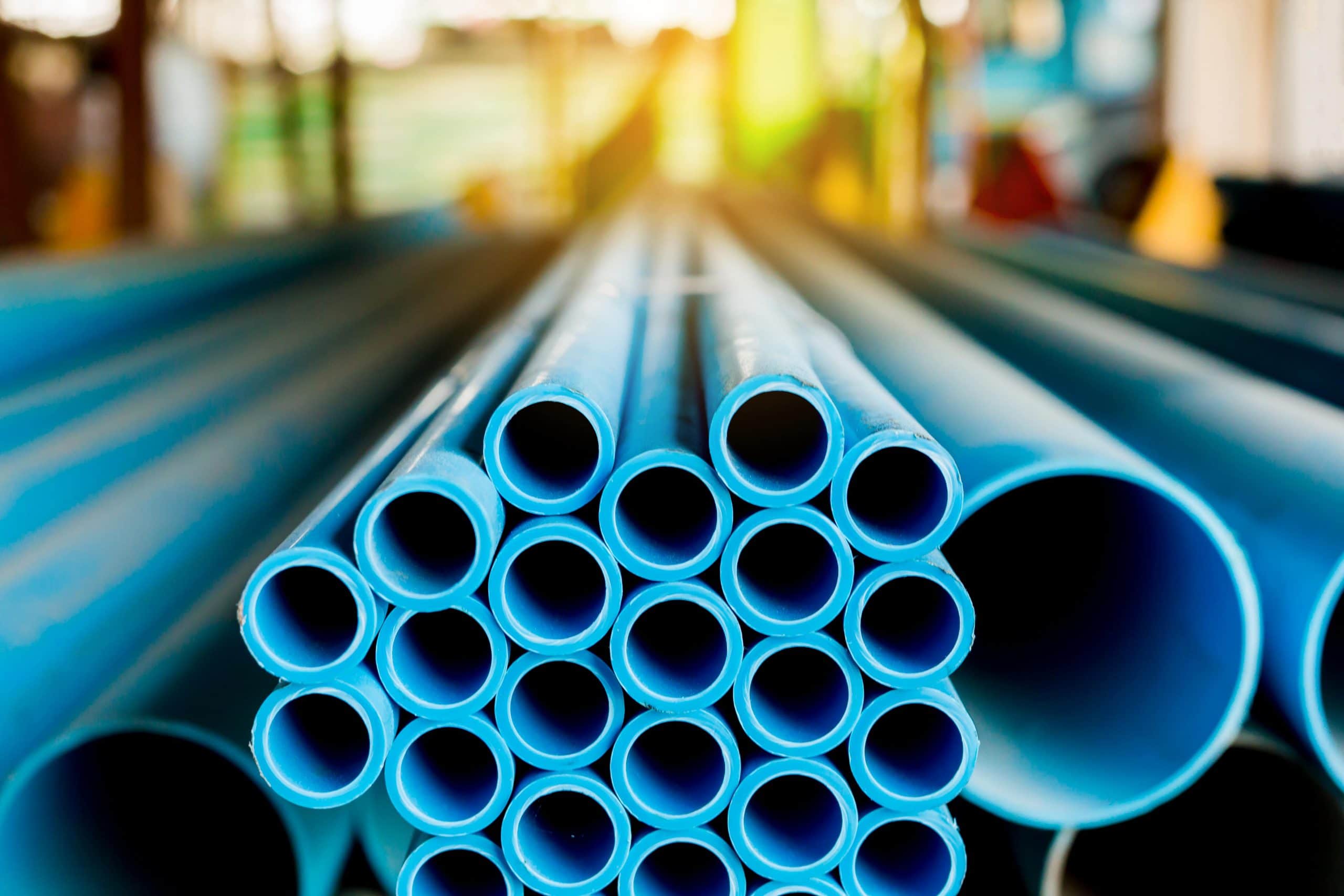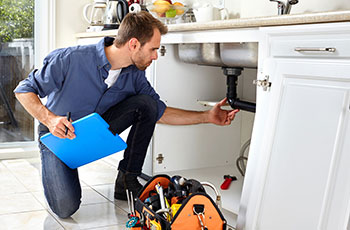This great article directly below in relation to How Does the Plumbing Work in Your Home? is really motivating. Have a go and make your own personal final thoughts.

Plumbing is a vital aspect of any kind of home, in charge of providing clean water for drinking, cooking, and showering, along with getting rid of wastewater safely. Understanding the essentials of home plumbing is essential for every single homeowner to ensure correct upkeep, troubleshooting, and, if needed, fixings. In this newbie's guide, we'll cover the essential ideas of home plumbing to assist you become extra knowledgeable about how it functions.
Water System System
The water system system brings clean water right into your home from a local water source or an exclusive well. It contains a main water line that connects to your home's plumbing system, normally located underground. A water meter measures the amount of water eaten, while a shut-off shutoff allows you to regulate the flow of water into your home.
Plumbing Fixtures
Plumbing fixtures are gadgets that provide water to various parts of your home and include sinks, taps, commodes, showers, bathtubs, and appliances such as dishwashers and washing makers. Each fixture is connected to the water system system using pipelines and fittings and might have its shut-off valve for upkeep or emergencies.
Water Heating Unit
The water heating unit is responsible for home heating water for domestic usage, consisting of bathing, cooking, and cleaning. Common kinds of water heaters include tank-type water heaters, tankless (on-demand) hot water heater, and heat pump hot water heater. The hot water heater is linked to the water system system and provides hot water to plumbing fixtures as needed.
Drainage System
The water drainage system gets rid of wastewater from your home and brings it away to a sewer therapy facility or septic system. It consists of a network of pipelines, fittings, and components that transfer wastewater from plumbing fixtures to the major drain line or septic system. Correct drain is important to protect against obstructions, back-ups, and sewage leaks.
Ventilation System
The ventilation system aids preserve appropriate atmospheric pressure and protect against sewer gases from entering your home. Vent pipes, additionally known as air vent stacks, extend from plumbing components to the roofing system, enabling drain gases to run away securely outside. Ventilation pipes likewise enable air to get in the water drainage system, helping with smooth wastewater circulation and stopping suction or vacuum impacts.
Typical Plumbing Tools
Having the right devices available is necessary for doing basic plumbing repair work and maintenance tasks. Common plumbing devices include adjustable wrenches, monkey wrench, pliers, pipeline cutters, hacksaws, bettors, augers (or drainpipe serpents), and Teflon tape. Having these tools easily available can aid you take on minor plumbing problems successfully.
Fundamental Plumbing Fixings
While some plumbing repair work might require expert aid, several typical problems can be attended to with basic do it yourself methods. Understanding just how to fix a dripping tap, unclog a drain, replace a toilet flapper, or fix a dripping showerhead can conserve you money and time on plumbing repair work.
Verdict
Recognizing the fundamentals of home plumbing is important for each homeowner to keep a safe, useful, and reliable plumbing system. By familiarizing on your own with the supply of water system, plumbing components, drain system, air flow system, typical plumbing tools, and basic fixings, you can confidently address small plumbing problems and guarantee your home's plumbing system operates smoothly.
Plumbing for Beginners: A Comprehensive Guide
If you’re a beginner when it comes to plumbing, don’t worry; you’re not alone. Plumbing may seem intimidating, but with the right knowledge and a little practice, you can handle many common plumbing issues on your own. In this comprehensive guide, we will demystify the world of plumbing for beginners, providing you with the basic knowledge and skills needed to tackle common plumbing problems and even take on some DIY plumbing projects.
The Importance of Basic Plumbing Knowledge for Beginners:
First and foremost, basic plumbing knowledge gives you a solid foundation. It helps you grasp the key concepts and terminology that are essential in this field. By learning the basics, you’ll be able to build upon that knowledge and tackle more complex plumbing tasks in the future.
Having a basic understanding of plumbing also enables you to handle common issues that may arise in your home. Picture this: a leaky faucet or a clogged drain. With some basic plumbing knowledge, you’ll have the confidence to troubleshoot and fix these problems on your own. It saves you from unnecessary expenses and the hassle of waiting for a professional to arrive.
As a beginner, learning the basics of plumbing empowers you to take care of your own home. It gives you a sense of independence and self-reliance. You’ll no longer have to rely solely on professionals for every small issue that pops up. Instead, you can handle many tasks yourself, saving time and money in the process.
Remember, everyone starts as a beginner. Embrace the learning process and take small steps to expand your plumbing knowledge. There are plenty of online resources, tutorials, and even local workshops that talk about plumbing for beginners.
Essential Tools for Plumbing for Beginners
As you start your plumbing journey, having the right tools in your toolbox is crucial. Let’s explore some of the must-have tools:
Adjustable Wrench:
This versatile tool is a staple in any plumber’s toolbox. It allows you to tighten or loosen nuts and bolts of various sizes. Make sure to have an adjustable wrench with a comfortable grip.
Pipe Wrench:
A pipe wrench is specifically designed for gripping and turning pipes. It has serrated jaws that provide a strong grip, making it easier to loosen or tighten threaded pipes and fittings.
Plunger:
The plunger is a simple yet effective tool for clearing clogged drains and toilets. It creates suction when you push and pull, helping to dislodge blockages. Keep a good-quality plunger handy for those unexpected clogs.
Pipe Cutter:
When it comes to cutting pipes, a pipe cutter is your go-to tool. It creates clean, precise cuts without damaging the pipe. Look for a pipe cutter that can handle the pipe sizes you’re working with.
Hacksaw:
A hacksaw is useful for cutting through pipes, screws, and other materials. It’s a versatile tool that can handle different cutting tasks. Remember to use a blade suitable for cutting metal.
Tape Measure:
Accurate measurements are crucial in plumbing. A tape measure allows you to measure pipe lengths, distances, and dimensions accurately. Opt for a sturdy tape measure that extends a good length.
Pliers:
Pliers come in handy for various tasks, such as gripping, bending, and cutting. Slip-joint pliers with adjustable jaws are great for gripping pipes, nuts, and bolts.

Hopefully you enjoyed our article about Understanding the Basics of Your Home's Plumbing System. Thanks a lot for taking a few minutes to browse our article. Kindly take the time to promote this article if you enjoyed it. I thank you for reading our article about Understanding the Basics of Your Home's Plumbing System.
Call Today